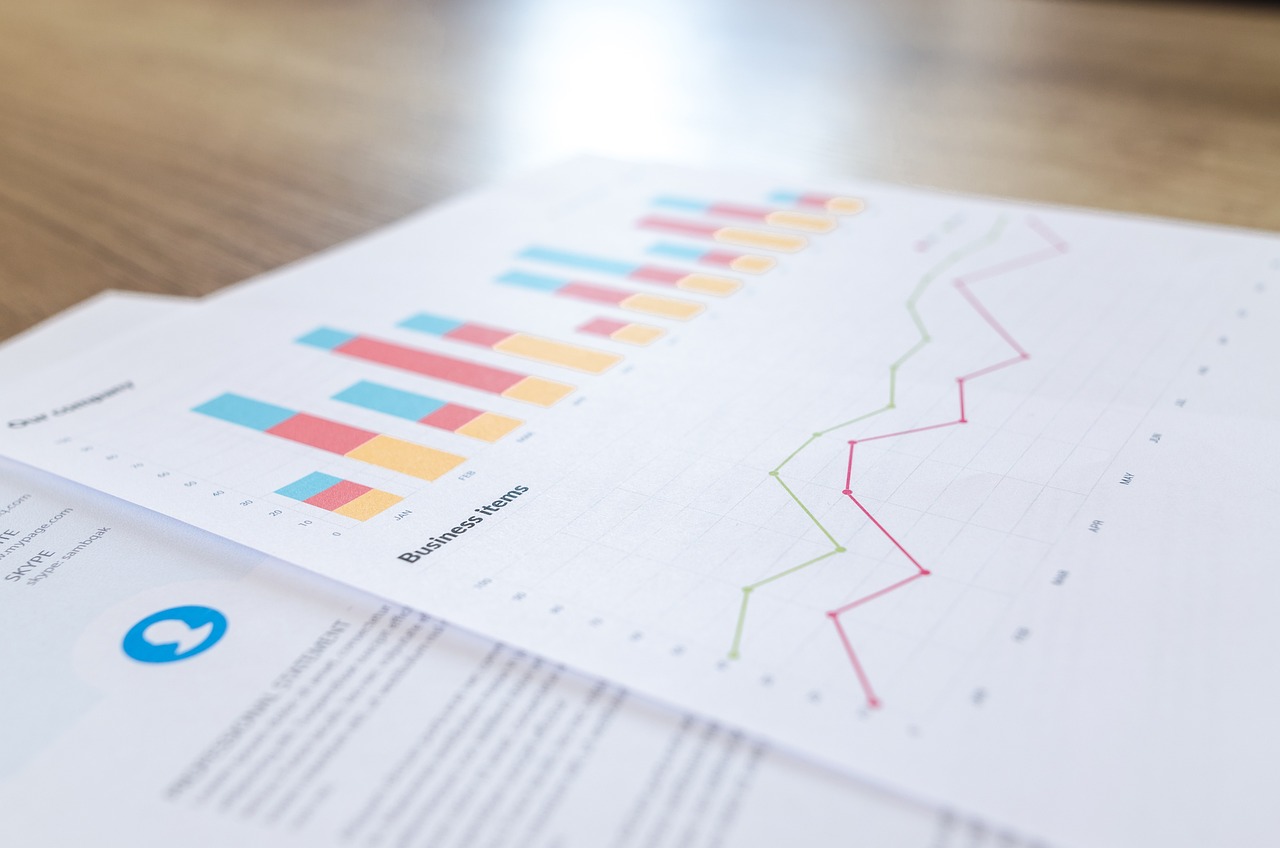

With so much online attention focused on startups and small businesses, it’s easy for the needs of established businesses to get forgotten. This is especially true when planning. The transition from business idea, to startup, to fully operating business takes in so many changes in attitude, tactics and strategy that it can be hard to keep up with from a planning perspective.
As many of our customers are planning existing businesses, today I’m going to be talking about how to plan these businesses in Brixx.
Can I model an existing business in Brixx?
Brixx is a versatile financial modelling tool, capable of modelling both new and existing businesses. As new business ideas will one day become existing businesses, it was important for us to make plans flexible so that in future years of operation every business planned in Brixx can develop its own opening position, including opening cash, assets, liabilities and equity/capital.
Things to consider when modelling existing businesses
The important thing to remember when building a Brixx plan is that you are not trying to track every transaction that will take place. Future planning by its nature departs from certainty the further you look into the future. Is it worth it then? Definitely, an educated assumption is better than just sticking your finger in the air and hoping things will turn out alright.
Build an accurate starting position
The plan’s starting position is made up of what the business owns (assets), what it owes (liabilities) and how the business is owned (equity/capital) at the very beginning of the plan. In a Brixx plan you can see a summary of this information on the Opening Balance screen in Plan Settings. To complete your opening position you will need to fill in some entries in the Opening Balance and add the business’ existing assets (components: Assets, Inventory), liabilities (component: Loan) or equity (component: Equity) to the plan.
Keep things simple as much as possible
Brixx is focused on modelling the future. It is not designed to model the depth and detail of your business as it stands today, or yesterday for that matter. If you can simplify something, do so. Reducing the noise created by unnecessary detail in the plan will help you and others understand what is happening in the plan, reduce the time you need to spend updating it, and make for faster load times as well. In general, the longer the period you are planning for the less depth of detail we would advise including.
Consider the questions you need the plan to answer
A complete financial model of a business is a great thing to have for its own merit. But models are usually built with a purpose in mind. Consider what questions your Brixx plan needs to provide answers to in the future. Some of the business’ financial activities will be more important to separate out from the rest than others. Simple example – if you know you will be selling some of your opening assets later in the plan, split them out into separate Asset components so that they can be sold when the time comes.
Do not feel you need to be bound to existing accounting structures
While replicating your existing accounts is a good way to ensure you get every part of the business into Brixx, do not feel bound by pre-existing categories from other systems. Brixx offers an opportunity to look at businesses in a new light, from a product, location or channel perspective which may not be easily possible in your existing accounting system. There is a downside to running a Brixx plan with different nomenclature to your accounting systems, which is that updating the Brixx plan can be more trouble. However, there are obvious advantages to building a Brixx plan tailored to the questions the plan is designed to answer, or one that uses a more operationally focussed structure comprehensible by non-accountants.
Planning the future
Existing businesses have an advantage over startups when it comes to planning the future – they already have a good idea of what their costs, income streams and other financial activities are. This makes it easier to model different scenarios for the future, as they will be based on an accurate financial starting position.













